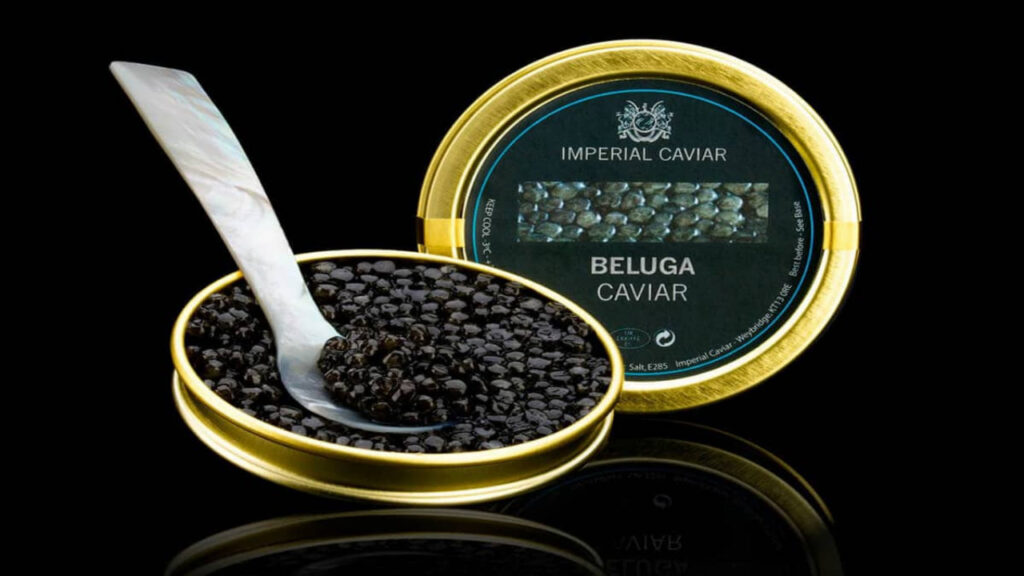Differences and properties of Iranian caviar
Caviar, often considered the epitome of culinary luxury, has enthralled gourmands for centuries. Its delicate, briny taste and velvety texture have earned it a place among the world’s most sought-after delicacies. One of the most revered sources of caviar is Iran, a country with a long history of caviar production and a reputation for producing some of the finest examples of this gourmet delight.
Caviar: A Culinary Delicacy
Caviar, the roe of sturgeon and other fish species, is renowned for its unique flavor profile and indulgent appeal. The word itself conjures images of opulent banquets and refined palates. Caviar’s distinct flavor, often described as a blend of sea breeze and buttery richness, makes it an exquisite addition to various culinary creations.
Iranian Caviar: A World Renowned Delight
Iranian caviar holds a distinguished place in the world of gastronomy. The country’s strategic location along the Caspian Sea has endowed it with an abundant supply of sturgeon, the primary source of caviar. The Iranian caviar industry has perfected the art of harvesting and processing these precious eggs, resulting in products that are prized by connoisseurs globally.
Varieties of Iranian Caviar
Iran produces a range of caviar varieties, each with its unique characteristics. Beluga, Osetra, and Sevruga are some of the most renowned types. Beluga caviar is famed for its large, glossy eggs and subtle, buttery taste, while Osetra offers a spectrum of flavors from nutty to briny. Sevruga caviar, on the other hand, boasts a distinctively assertive taste.
Factors Influencing Iranian Caviar Quality

Several factors contribute to the quality of Iranian caviar. The sturgeon’s age, diet, and habitat significantly impact the flavor and texture of the eggs. Pristine waters of the Caspian Sea and stringent harvesting practices also play a pivotal role in producing top-tier caviar.
Harvesting and Processing Techniques
The delicate process of harvesting caviar requires precision and expertise. Traditional methods involve carefully extracting the eggs from the sturgeon, followed by meticulous cleaning and grading. Modern techniques have further refined the process, ensuring the eggs retain their integrity and flavor.
Culinary and Cultural Significance
In Iranian culture, caviar holds both culinary and cultural significance. It graces celebratory feasts and symbolizes opulence and hospitality. Caviar’s unique flavor makes it a versatile ingredient, enhancing dishes ranging from hors d’oeuvres to pasta.
Sustainability Concerns and Regulations

The popularity of caviar has led to concerns about overfishing and endangering sturgeon populations. In response, international regulations and conservation efforts have been implemented to ensure the sustainability of the industry. Iran has also taken steps to protect its sturgeon populations and promote responsible harvesting.
Caviar Tasting and Pairing
Tasting caviar is an art in itself. The eggs’ texture, flavor, and appearance offer sensory delights that enthusiasts relish. Caviar is often enjoyed simply, on blinis or toast points, allowing its natural taste to shine. It also pairs exquisitely with champagne, vodka, and dry white wines.
Conclusion
Iranian caviar stands as a testament to the intricate relationship between nature and gastronomy. Its unmatched flavor, painstaking production process, and cultural significance make it a true treasure of the culinary world. Whether savored on its own or used to elevate other dishes, Iranian caviar remains a timeless symbol of luxury and refinement.